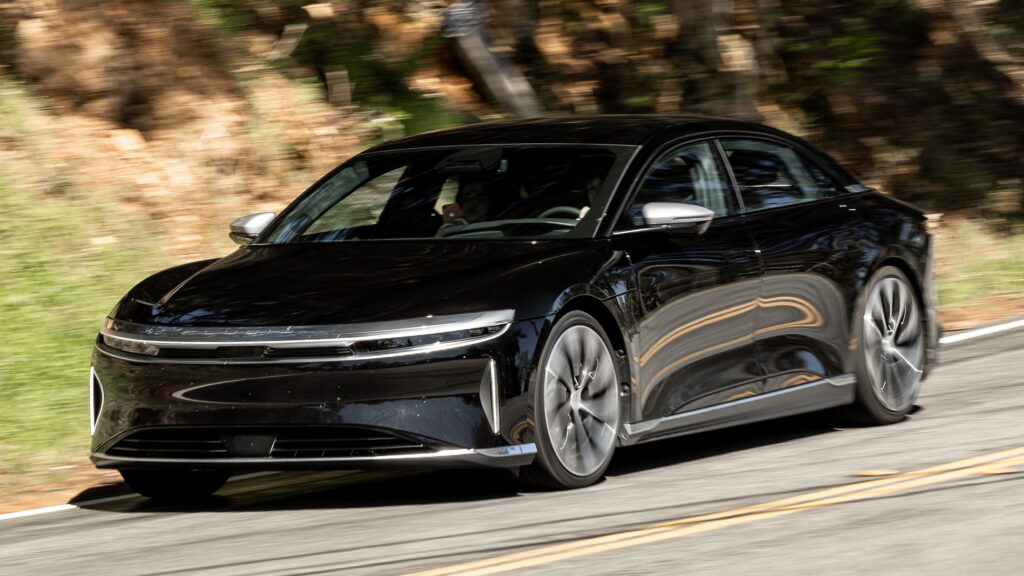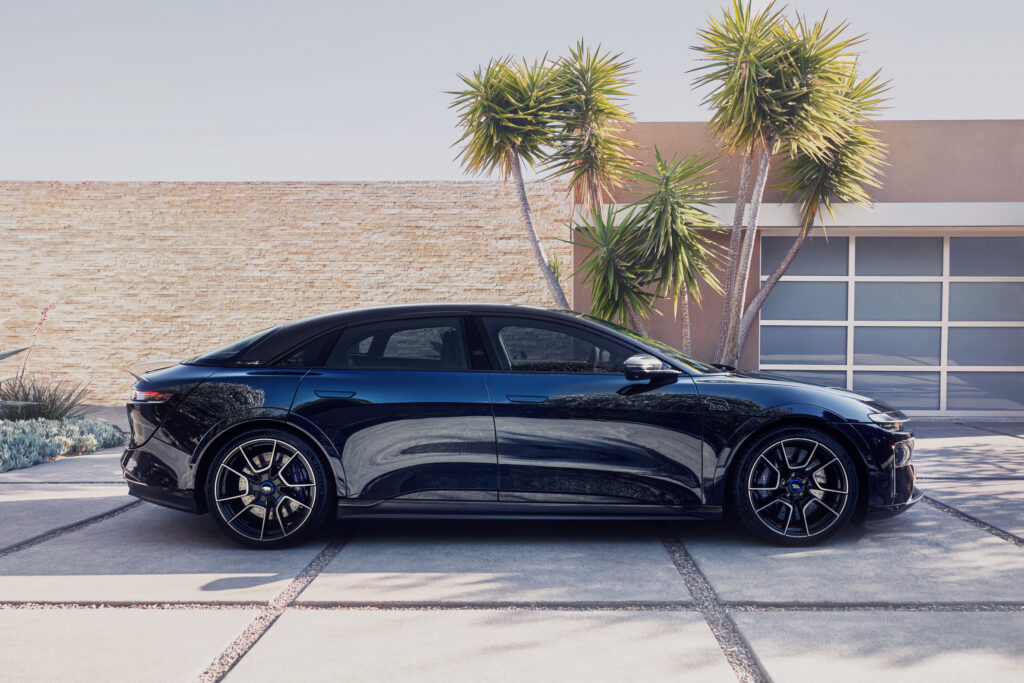He Sold His $142K Lucid At A Huge Loss After Just 400 Miles Of EV Reality

- The owner sold nearly new $142K Lucid Gravity after 400 miles.
- Broken workplace chargers and no home charger caused the issue.
- The seller still loves the car and plans to return to EVs eventually.
It’s hard to argue that owning a vehicle with 1,070 horsepower (797 kW) wouldn’t be extremely fun. However, that excitement turns on its head when you realize that there’s nowhere to refuel, or rather in this case, recharge it.
That’s exactly what just happened to a Brooklyn-based Lucid Gravity Dream Edition buyer. After snatching this unique EV up brand new in September of 2025, he ended up selling it just 400 miles later for a huge loss.
More: Lucid’s Cheaper Gravity Lost Hundreds Of Horses But Found You Thousands In Savings
The seller on Cars & Bids shared a photo of the window sticker for this luxury SUV, listing an MSRP of $141,550. When the hammer fell on his auction sale of the car, it brought just $123,000. That’s a painful $18,500 lesson for 400 miles of usage in a little over a month, amounting to $46.25 for every mile he put on the odometer.
Where Do You Plug In?
Why take such a big loss for a vehicle that the owner says is “an awesome car”? It all comes down to charging it up. For the owner, it was almost like buying a Hellcat and then realizing that the closest gas station is 220 miles away.
Cars&Bids
He says that his initial plan was to charge where he works but then one option after another fell apart until he had to take the loss we’re talking about here.
“I was planning to charge at work but the chargers at my work aren’t working and there is seemingly no plan to fix them. Since I don’t have a charger at home and can’t get one installed this became an unsolvable,” he said in response to a question about the situation.
He then went on to fault his living location, New York, more than anything else.

“I tried to find another solution but in NYC most chargers (all the ones convenient to me) were in parking garages where you had to pay exuberant [sic] prices to park in order to use the chargers. I live a busy life so just couldn’t find a workable solution,” he added.
It’s a little ironic that in a city as vast and densely packed as New York, famous for both its wealth and its gridlock, a high-end EV can still be this impractical. For now, he’s out, but he hasn’t sworn off electric power entirely. According to him, he’ll be back behind the wheel of another EV “as soon as [a solution] presents itself.”




















